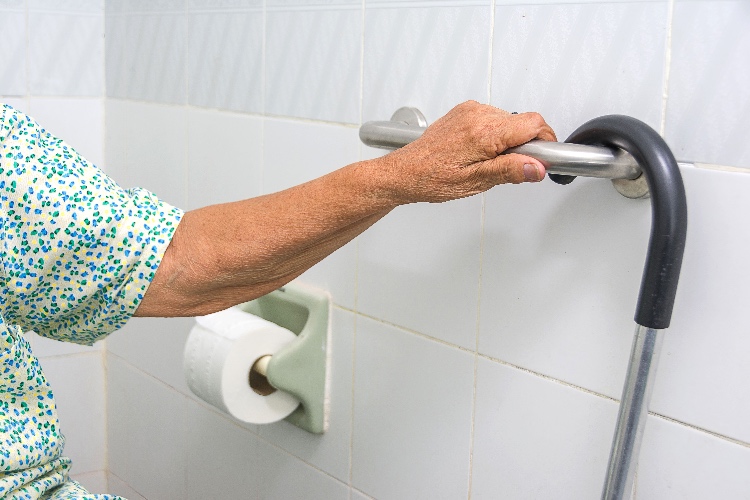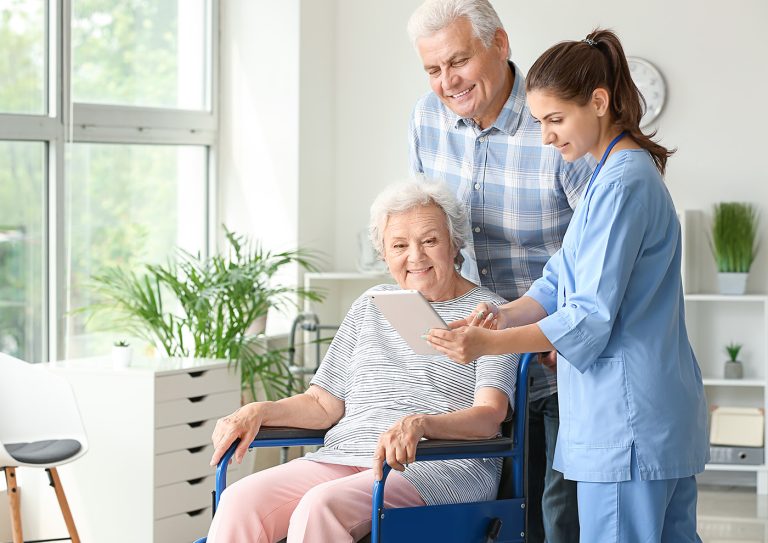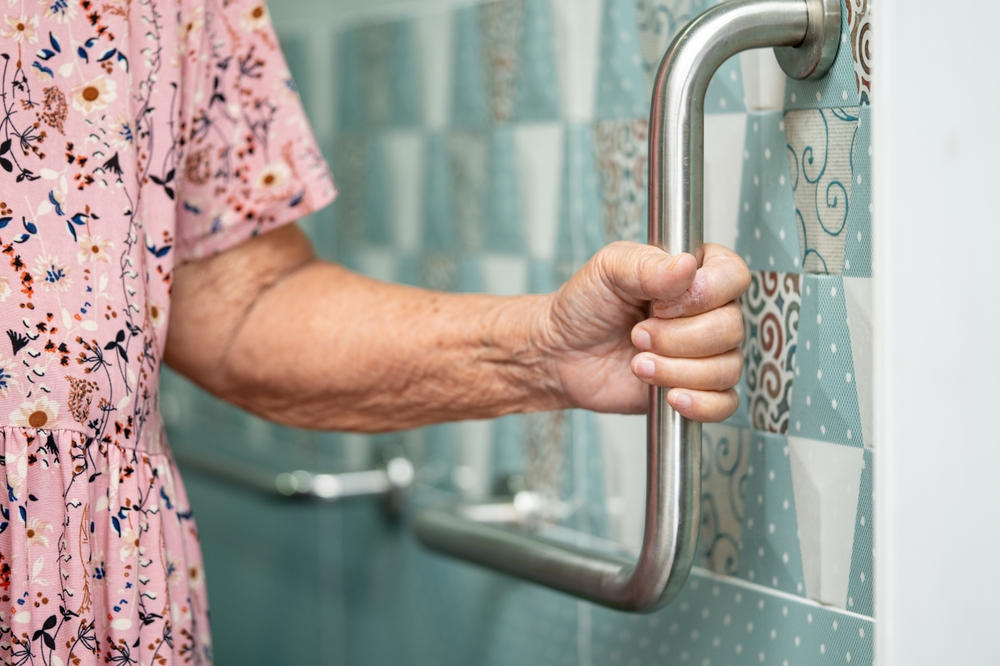Creating safe stairs for elderly is crucial for enhancing their mobility and reducing the risk of falls. As family caregivers, it’s vital to understand the various methods and tools available to improve stair safety for our loved ones. In this article, we’ll explore practical solutions and tips to ensure that the elderly can navigate stairs safely and confidently.
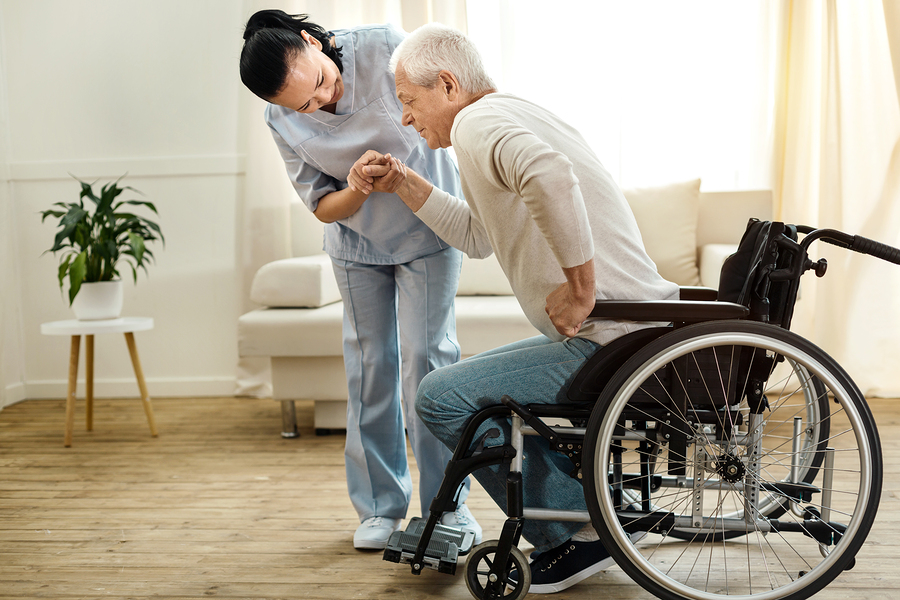
The Importance of Stair Safety for Seniors
Stair safety is a significant concern for seniors, as falls on stairs can lead to severe injuries. Ensuring safe stairs for elderly involves more than just adding handrails; it requires a comprehensive approach to minimize risks.
Understanding the Risks
For the elderly, the risk of falling increases with age due to factors such as decreased vision, balance issues, and muscle weakness. It’s crucial to identify these risks and implement strategies to mitigate them.
Common Causes of Stairway Accidents
Several factors contribute to stairway accidents among seniors, including poor lighting, uneven steps, and the absence of handrails. Recognizing these causes is the first step in creating safe stairs for elderly.
Designing Safe Stairways
Design plays a crucial role in stair safety. By incorporating thoughtful design elements, we can significantly reduce the risk of falls.
Installing Proper Handrails
Handrails are essential for providing stability and support. Ensure they are installed on both sides of the staircase and are at an appropriate height for easy gripping.
Improving Staircase Lighting
Adequate lighting is essential to help seniors see each step clearly. Consider installing motion-sensor lights or LED strips along the staircase for enhanced visibility.
Non-Slip Surfaces
Adding non-slip strips or carpeting can help prevent slips. Ensure the materials used are securely fastened and cover the entire step.
Technological Solutions for Stair Safety
Technology offers various solutions to enhance stair safety for seniors.
Stair Lifts
Stair lifts provide a safe way for seniors to navigate stairs without the risk of falling. These devices can be installed on most staircases and are operated by a simple control system.
Smart Lighting Systems
Integrating smart lighting systems that automatically illuminate the staircase when someone approaches can significantly improve safety.
Fall Detection Systems
Advanced fall detection systems can alert caregivers in the event of a fall, ensuring prompt assistance is provided.
Adapting Daily Practices for Safety
Encouraging certain daily habits can also enhance stair safety.
Regular Exercise
Exercises that improve balance and strength can help seniors navigate stairs more confidently.
Proper Footwear
Wearing shoes with good grip and support can prevent slips and falls on stairs.
Educational Resources and Support
Providing education on stair safety is essential for both seniors and caregivers.
Workshops and Training
Consider attending workshops that focus on senior safety and fall prevention.
Online Resources
There are numerous online resources available that provide tips and guidance on creating a safe home environment for seniors. Visit this site for more information.
Community Support
Engage with community programs that offer assistance in making homes safer for the elderly.
Local Safety Programs
Many communities offer safety assessments and modifications for senior homes. Learn more about these initiatives and how they can benefit your loved ones.
Support Groups
Join support groups where you can share experiences and advice on improving home safety for seniors.
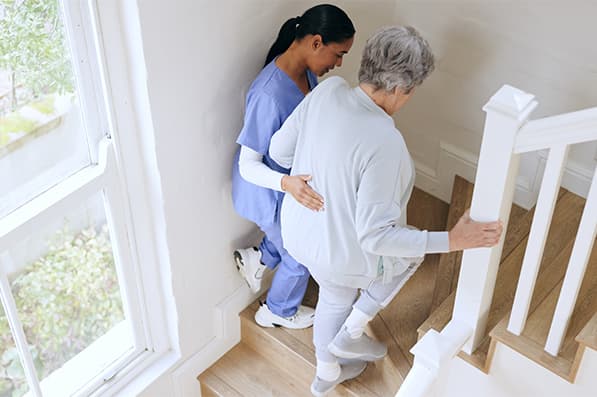
FAQs on Safe Stairs for Elderly
What are the key features of a safe staircase for seniors?
Key features include sturdy handrails, non-slip surfaces, adequate lighting, and even step heights.
How can smart technology improve stair safety?
Smart technology, such as IoT sensors and smart lighting, can enhance stair safety by providing real-time monitoring and automatic lighting.
Are stair lifts a viable solution for all types of stairs?
Stair lifts can be customized to fit most staircases, making them a versatile solution for improving stair safety.
Ensuring safe stairs for elderly involves a combination of design, technology, and education. By taking proactive steps to address potential hazards, we can create a safer environment that promotes independence and peace of mind for our elderly loved ones.
This article contains affiliate links. We may earn a commission at no extra cost to you.

